The project process from design through construction involves many moving parts, with several disciplines working toward the same goal: a high-quality final product for the client. A single team often includes architects, engineers, subconsultants of various specializations, contractors, and construction personnel, among others. Although pursuing the same end, it is easy for a large team to feel disjointed without strategic, coordinated collaboration. That is why regardless of project scale, Moseley values a unified approach. The key to this is an integrative design process (IDP), a holistic methodology that prioritizes stakeholder involvement and teamwork across all disciplines.
An Interconnected Approach
In contrast with the IDP model, traditional design adopts a more linear process. Various disciplines complete their duties in segments, progressing the project from one step to the next with minimal collaboration in the interim. The IDP model, however, brings everyone to the table to work cohesively. The design and construction phases become opportunities for collaboration, with team members working in tandem instead of isolation. As a result, the team can think about the project through a holistic lens and consider each component’s role in relation to the others. This creates more efficient, sustainable outcomes.
As part of Moseley’s pursuit of balance, we prioritize this kind of interdisciplinary approach to meet the needs of clients and their communities. To maintain and promote this in our work, the firm strives to instill IDP principles in emerging architects. This includes involving them in our processes, allowing them to see what the IDP looks like in practice, and teaching them how to implement it into their own developing design philosophies.
Case Study: A Design Intern’s Experience
Mohammed El Abbasi, a design intern for Moseley’s K-12 sector, applied these guidelines to his work in an Integrative Design Lab at the Virginia Tech School of Architecture. This hands-on studio experience allows design students to demonstrate their abilities across all aspects of a building’s creation, from architecture and engineering to sustainability and code compliance. The goal is to facilitate a comprehensive understanding of a project and all its components.
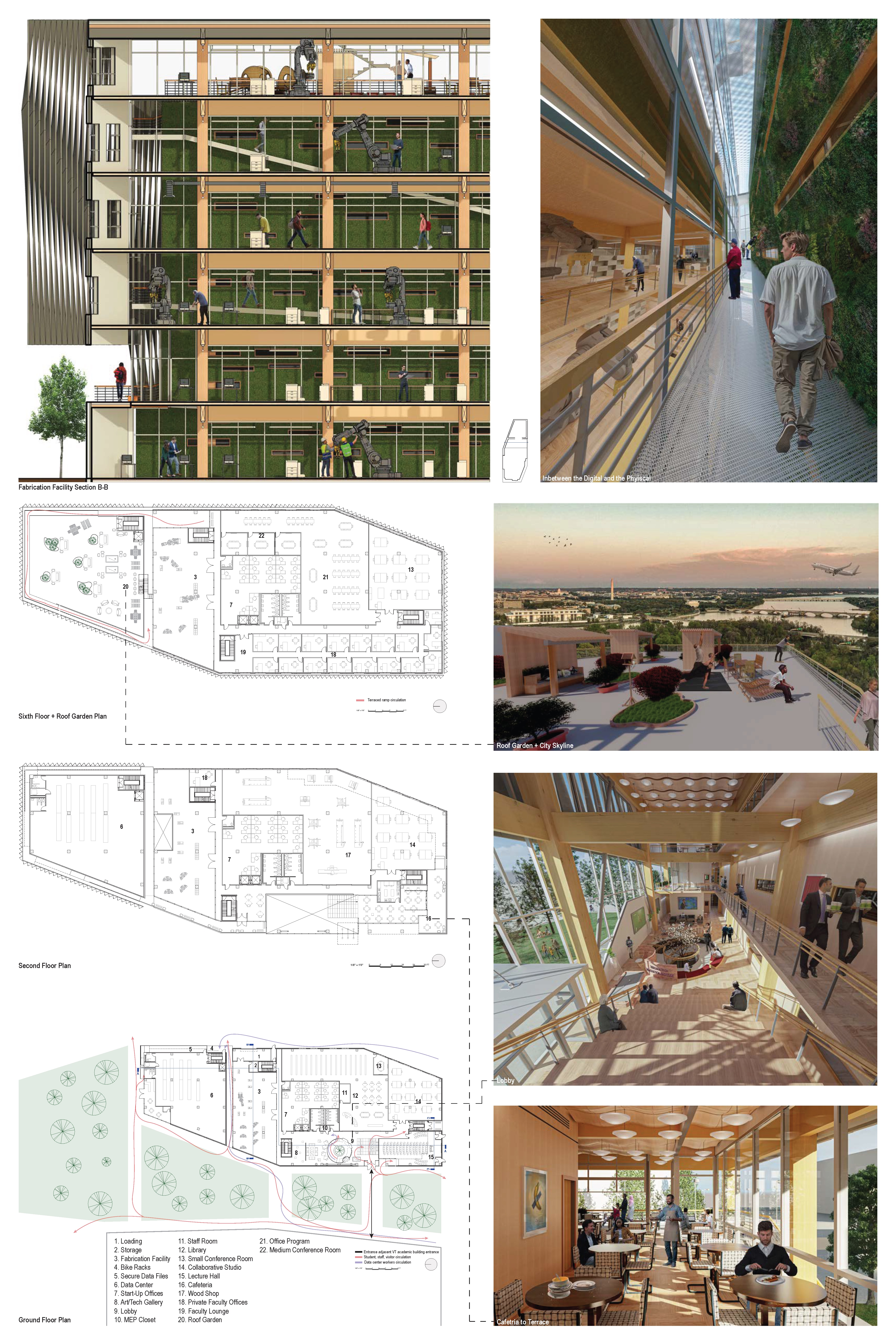
“As an emerging professional, I believe integrative design is important because it leads to more experiential, functional, and efficient buildings,” says Mohammed. “When architects understand how different systems work together, we’re better equipped to make informed design decisions. It also improves communication and coordination within project teams.”
Virginia Tech uses the work produced during the Integrative Design Lab as part of its accreditation process with the National Architectural Accreditation Board. Because of that, students and professors often consider it the most challenging and important course in the architectural major.
The program culminated in a design competition for fourth-year students, during which students developed a design showcasing their understanding of integrative principles. This required submitting a three-board presentation along with a comprehensive 35- to 45-page documentation booklet.
Mohammed won the competition, receiving the Merit of Top Project in the Integrative Studio.
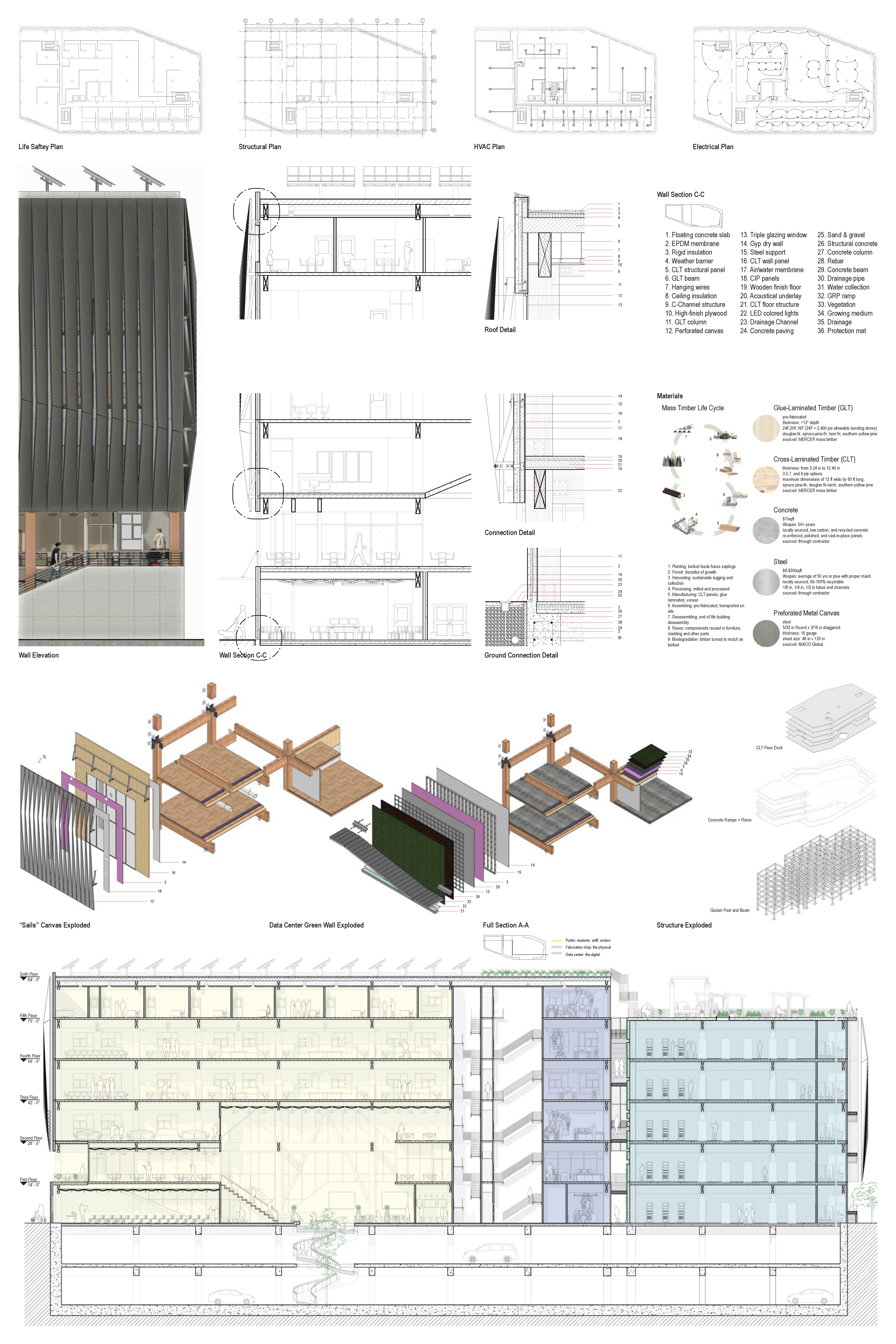
Key Takeaways
For Mohammed, this experience reinforced the value of embracing change when collaborating with colleagues toward a common design goal.
“This semester taught me to let go of original ideas when necessary, iterate freely, and continue refining until the best outcome is reached,” he said.
Even more, Mohammed found strength in his devotion to Islam as he persevered through the most challenging and consequential year of his academic career. “My faith reminded me that, just like everything around me has a purpose, I have a purpose. And part of that purpose is architecture,” he said.
Insights Gained from Moseley
Throughout this vital studio course, Mohammed drew from his time with Moseley, which developed a foundational understanding of integrative design principles and their execution.
“My internship at Moseley greatly influenced my understanding of architecture by exposing me to the many elements involved in bringing a building to life within real-world constraints. From researching metal manufacturers to reviewing meeting minutes, design boards, and case studies, I gained valuable insight into the full scope of the design process. I also learned different approaches to design, whether linear, radial, or more scattered. This proved vital when applying similar methods to my studio project.” <p class="testimonial-name">Mohammed El Abbasi</p>
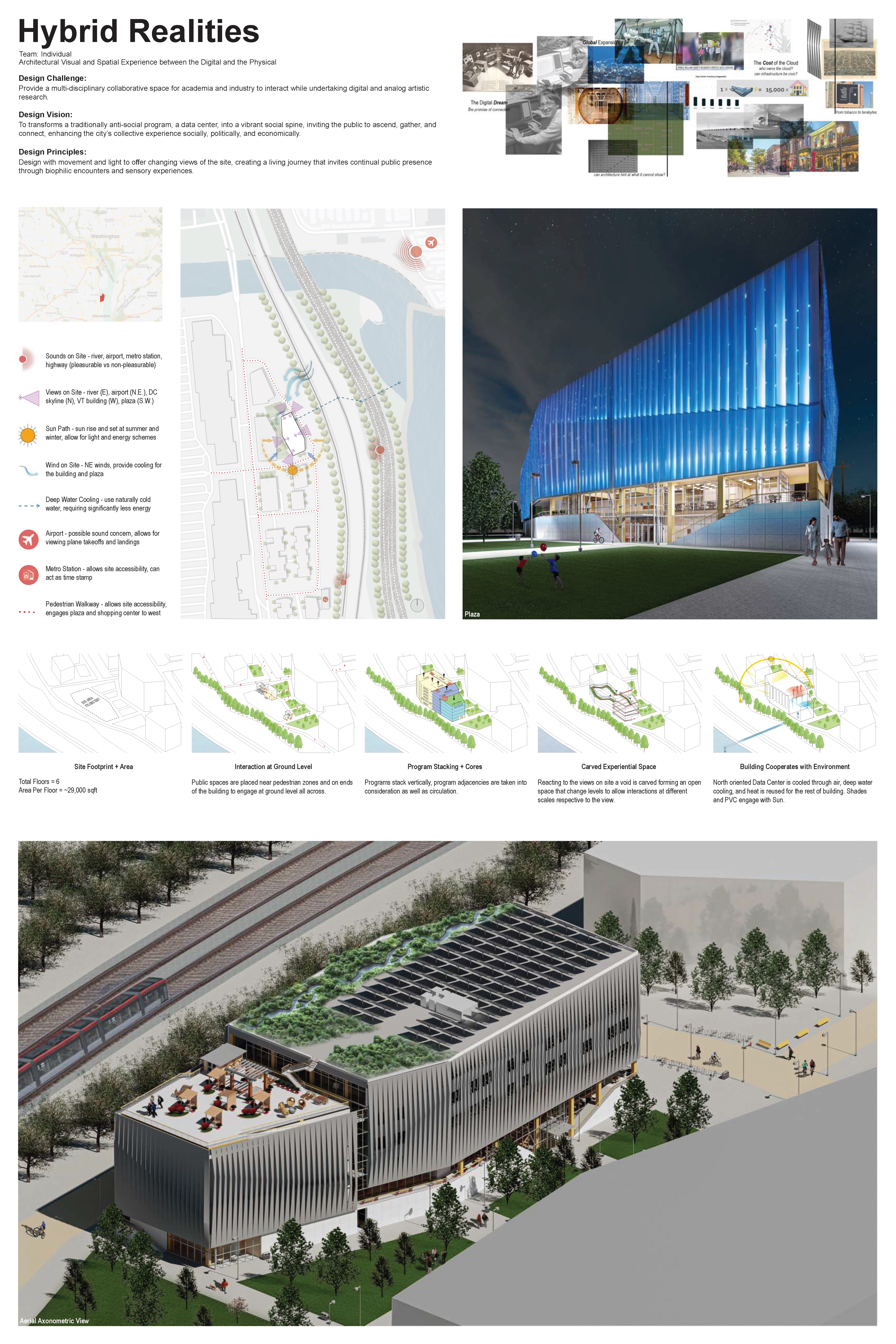




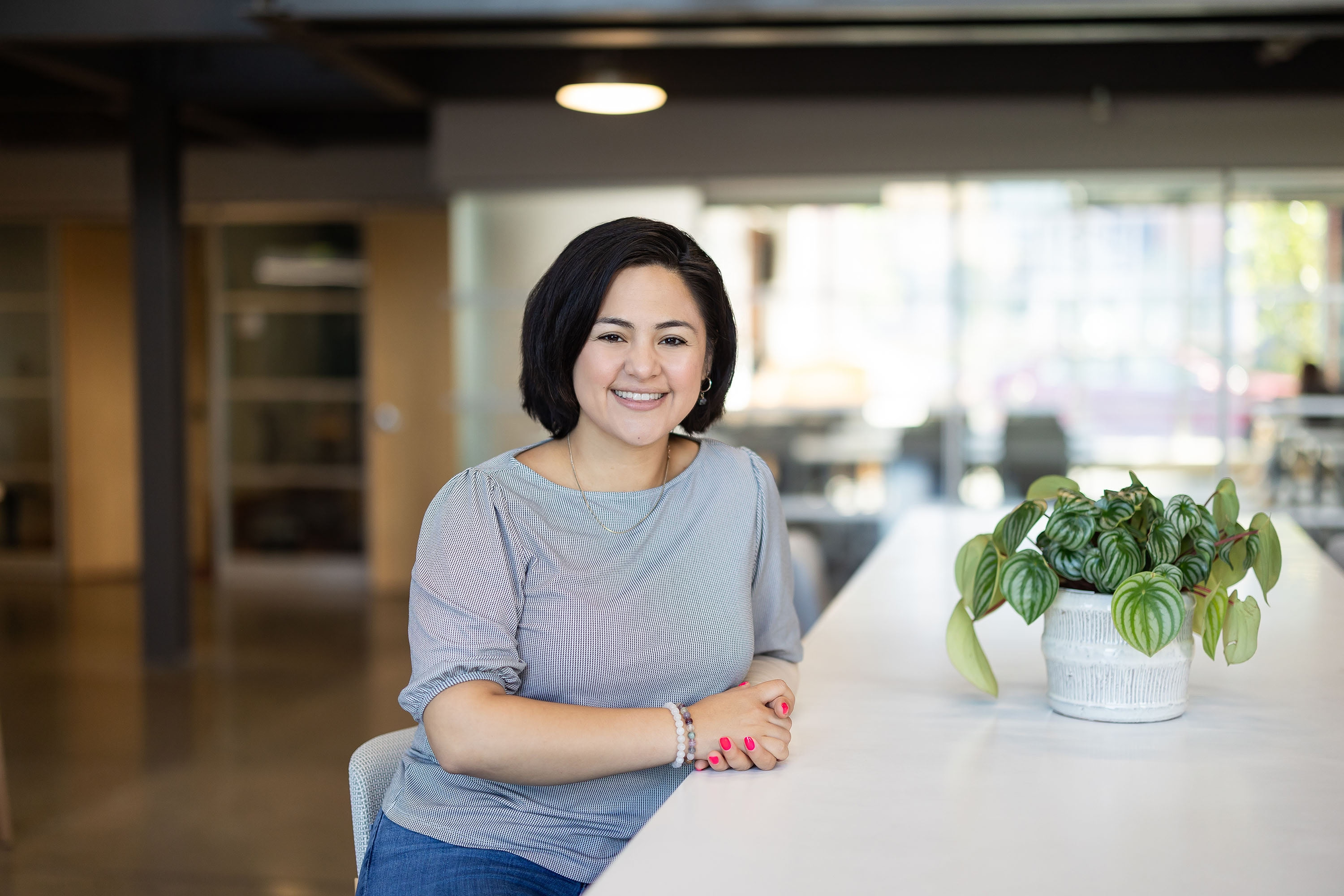

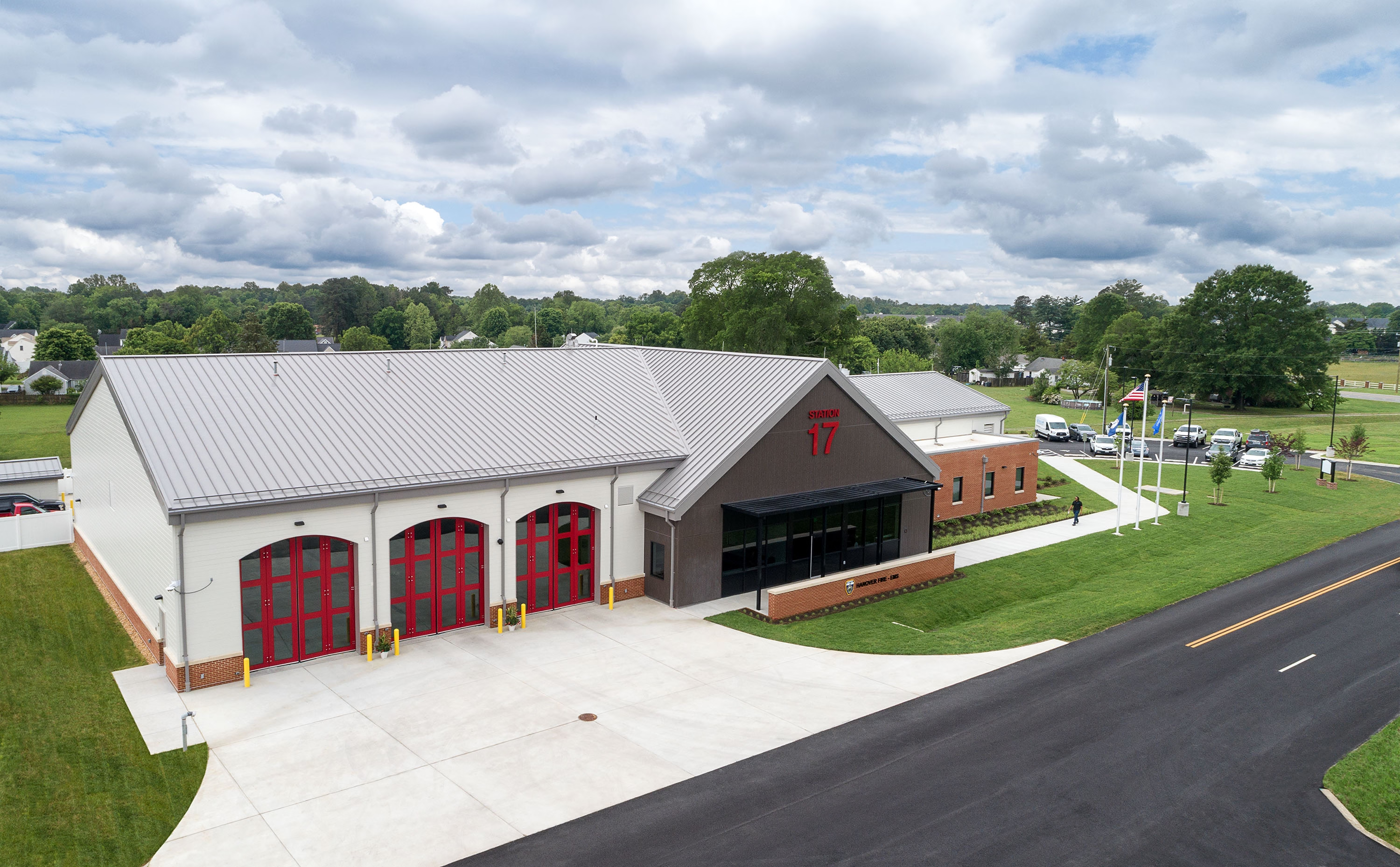






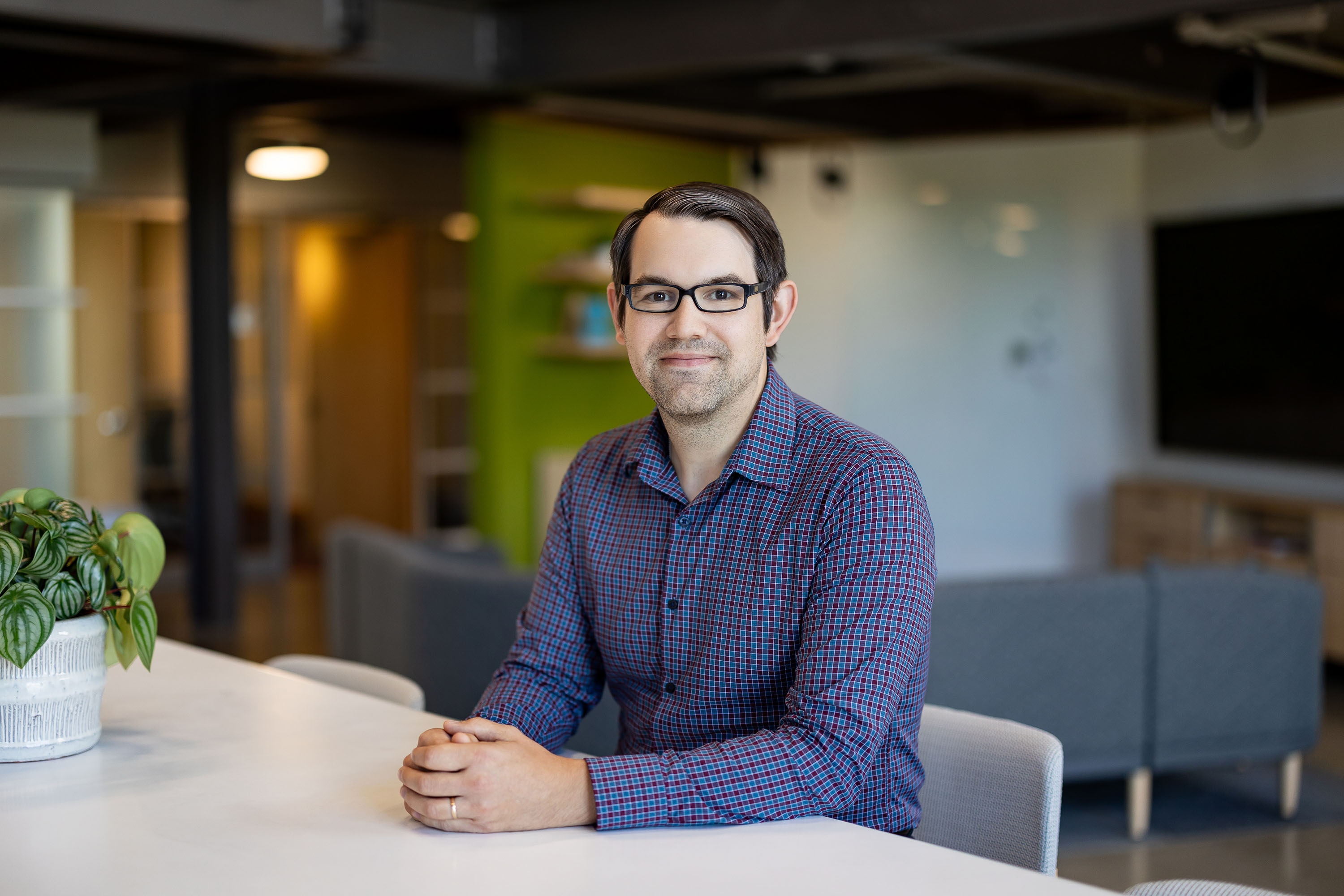










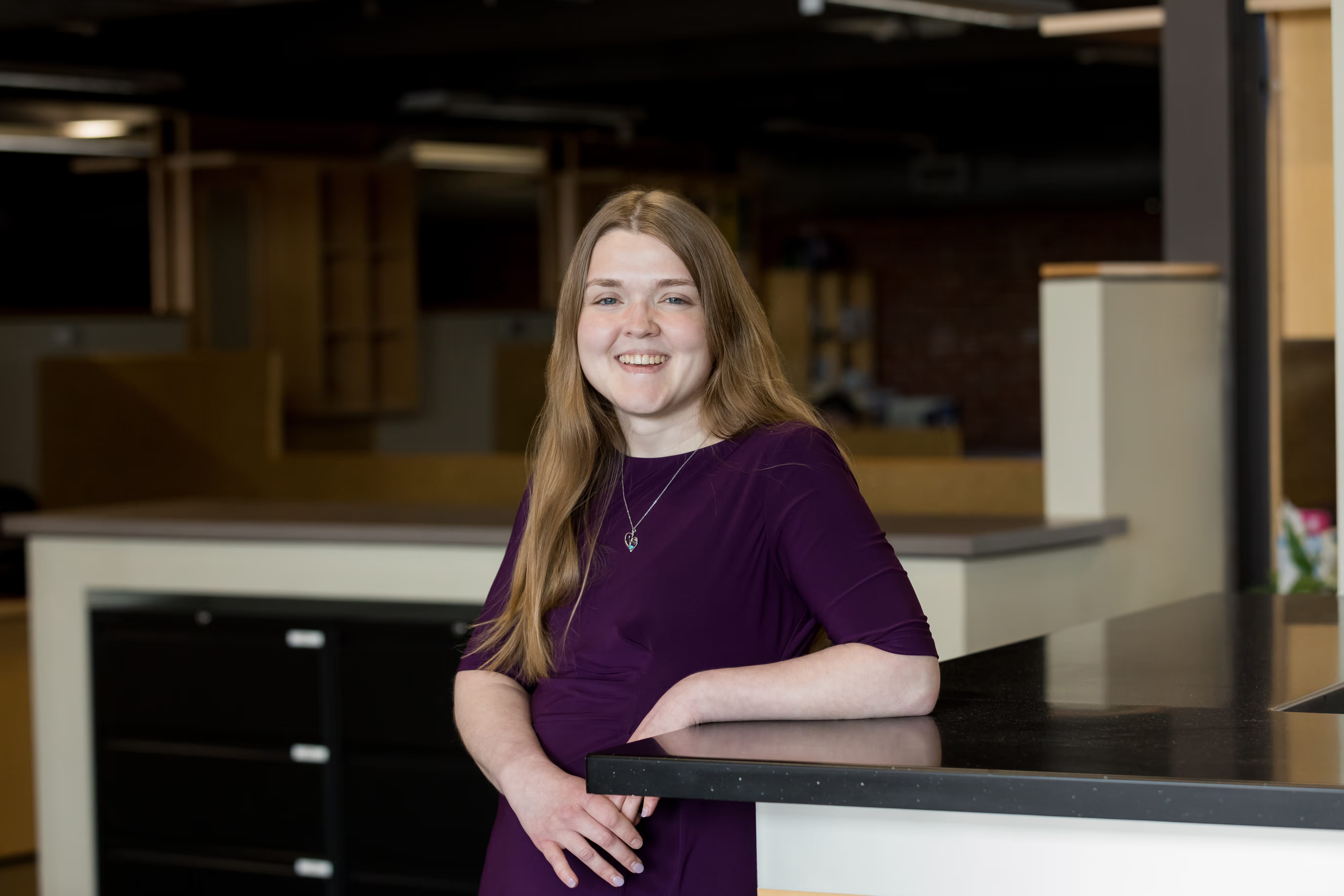
.avif)












































































